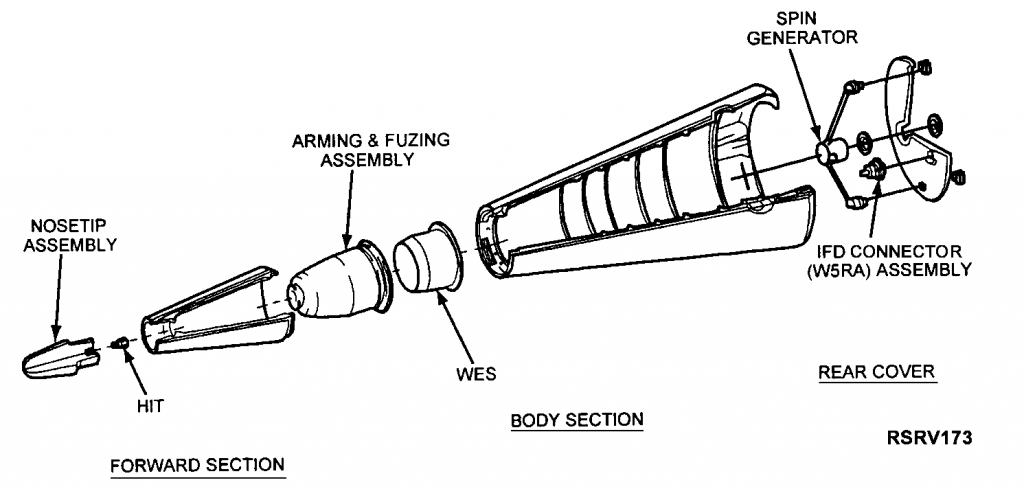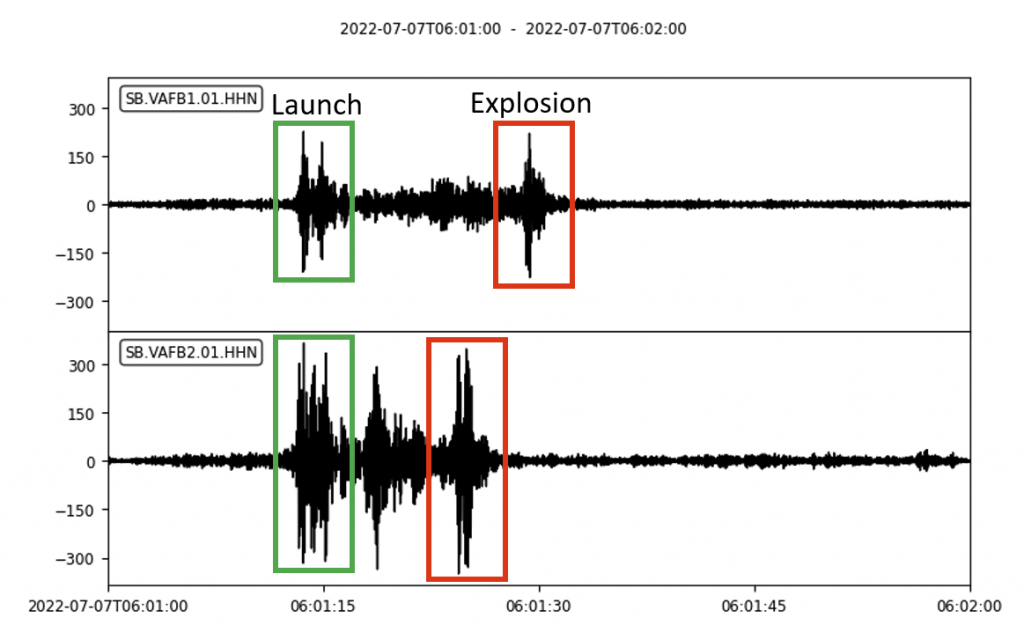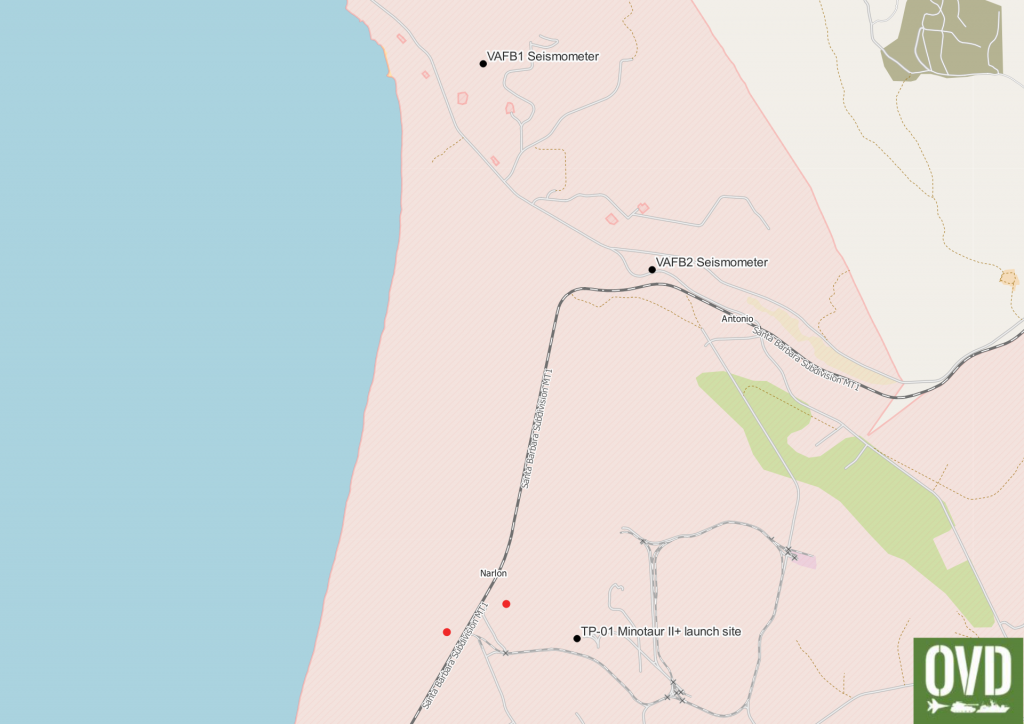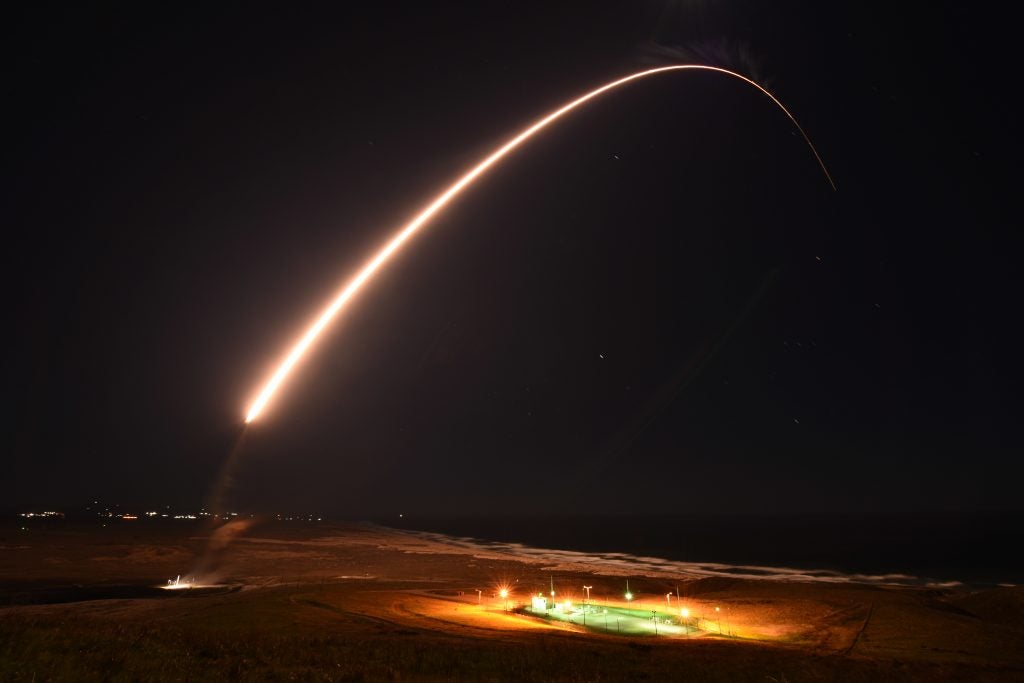US Missile Launch Test Ends in Explosion
At 11:01 PDT (06:01 UTC), Space Launch Delta 30 at Vandenberg Space Force Base, California launched a Minotaur II+ missile from Test Pad 01, which then exploded 11 seconds later. This launch was the first test of the Mk21A reentry vehicle developed by Lockheed Martin for the Air Force Nuclear Weapons Center, which is slated to be used aboard the LGM-35A Sentinel intercontinental ballistic missile (ICBM). The Mk21A is designed to carry the W87 mod 1 warhead, which is slated to enter production in December 2029. The Mk21A reentry vehicle is the next iteration of the Mk21 reentry vehicle, which is currently in use with the 300-kiloton W87 warhead aboard some of the LGM-30G Minuteman III missiles currently in use.

The failure of this test comes as the Air Force is struggling to test new weapons, with a recent success testing the AGM-183A ARRW after three back-to-back failures, and a failure last month in Hawaii of the Conventional Prompt Strike’s booster system that was intended to boost the Common Hypersonic Glide Body up to speeds over Mach 5.

The LGM-35A Sentinel, formerly known as the Ground Based Strategic Deterrent (GBSD), is developed by Northrop Grumman as a replacement for the aging arsenal of Minuteman IIIs. The Minuteman III was first deployed in August 1970 at Minot Air Force Base, North Dakota, and is currently in use with 400 ICBMs across bases and silos in Colorado, Nebraska, Wyoming, North Dakota, and Montana. Initial deployment of 20 Sentinels to replace the Minuteman IIIs is expected in 2029, and the final order of Sentinels is expected to be 659 total missiles, to fully replace the Minuteman III arsenal. Of those 659, 400 will go into service and the rest will go into storage to be used for test launches and spares. The current Minuteman III program performs regular test launches from Vandenberg SFB, landing in the waters near the Kwajalein Atoll, a popular site for US missile tests. The Minotaur II+ missile in use as part of this test is built of components from the retired Minuteman II missile, using the first and second stages from the Minuteman II in combination with the Minuteman III’s third stage.


Open source data confirms reports of fires in a nearby field, which the Vandenberg Fire Department reported were not a danger to the rest of the base. Seismograms from the Earth Research Institute at University of California at Santa Barbara also confirm the USSF report of the time between the launch and the explosion.

